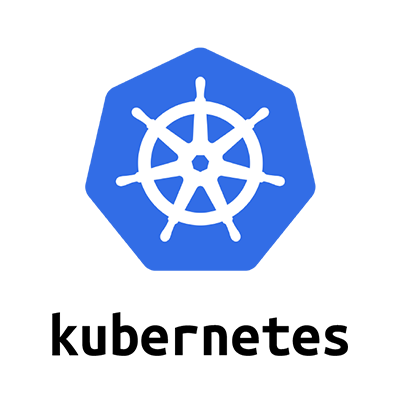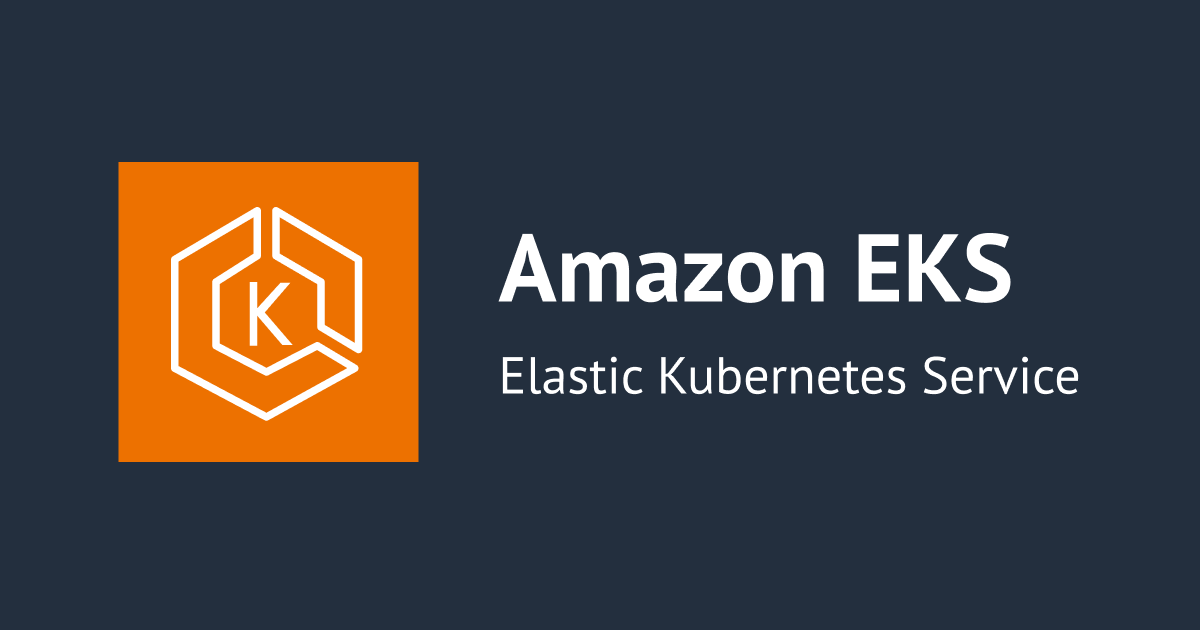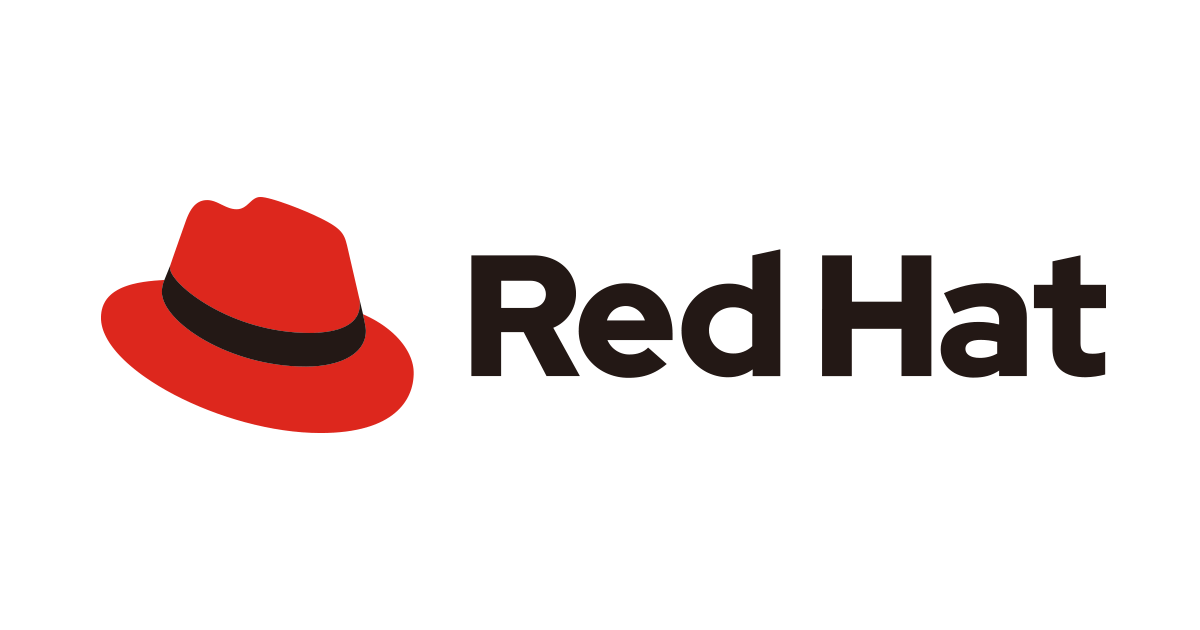
Kubernetes Explained for Beginners!
Introduction.
In the world of modern application development and deployment, managing containerized applications at scale can be a daunting task. This is where Kubernetes comes into play. Kubernetes, often referred to as K8s, is an open-source container orchestration platform that automates the deployment, scaling, and management of containerized applications. In this blog post, we'll explore the basics of Kubernetes and walk through the steps to get you started.
What is Kubernetes?
Kubernetes is a powerful tool that simplifies the process of managing and scaling containerized applications across multiple hosts. It provides a declarative approach to defining the desired state of your applications, ensuring that the actual state always matches the desired state. Kubernetes accomplishes this by automating tasks such as deployment, scaling, load balancing, self-healing, and more.

Key Components of Kubernetes.
- Node: A node is a worker machine (either a physical or virtual machine) that runs containerized applications.
- Pod: A pod is the smallest deployable unit in Kubernetes, consisting of one or more containers that share storage and network resources.
- Deployment: A deployment defines the desired state of your application, including the number of replicas, updates strategies, and more.
- Service: A service is an abstraction that defines a logical set of pods and a policy for accessing them.
- Namespace: Namespaces are used to organize and isolate resources within a Kubernetes cluster.

Getting Started with Kubernetes:
1. Set up a Kubernetes Cluster:
- Option 1: Use a managed Kubernetes service like Google Kubernetes Engine (GKE), Amazon Elastic Kubernetes Service (EKS), or Azure Kubernetes Service (AKS).
- Option 2: Install a local Kubernetes cluster using Minikube (for development and learning purposes).
2. Install the Kubernetes Command-Line Tool (kubectl):
- Download and install the
kubectltool for your operating system from the official Kubernetes website.
3. Create a Deployment:
- Create a new deployment by defining the desired state in a YAML file:
apiVersion: apps/v1
kind: Deployment
metadata:
name: nginx-deployment
spec:
selector:
matchLabels:
app: nginx
replicas: 3
template:
metadata:
labels:
app: nginx
spec:
containers:
- name: nginx
image: nginx:1.19.2
ports:
- containerPort: 80
- Apply the deployment by running:
kubectl apply -f deployment.yaml
4. Expose the Deployment as a Service:
- Create a service to expose the deployment externally:
apiVersion: v1
kind: Service
metadata:
name: nginx-service
spec:
selector:
app: nginx
ports:
- port: 80
targetPort: 80
- Apply the service by running:
kubectl apply -f service.yaml
5. Access the Application:
- If running locally (e.g., Minikube), you can access the application by running:
minikube service nginx-service - If running on a cloud provider, you can access the application using the provided external IP or load balancer.
Congratulations! You've successfully deployed and exposed a containerized application using Kubernetes. This is just the beginning; Kubernetes offers a wealth of features and capabilities to explore, such as scaling, rolling updates, autoscaling, and more.
Conclusion.
Kubernetes is a powerful tool for managing containerized applications at scale. By understanding its core components and following the steps outlined in this blog post, you've taken the first step toward mastering Kubernetes. Keep exploring, experimenting, and learning, and you'll soon be able to leverage the full potential of this powerful platform.






